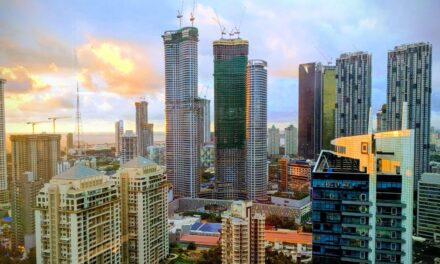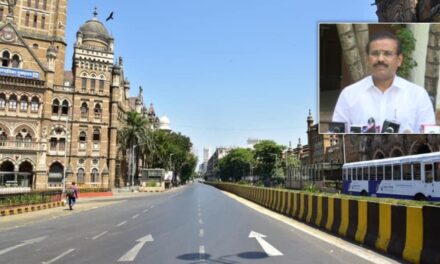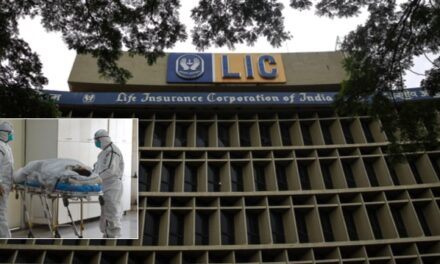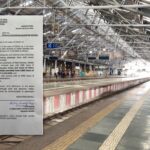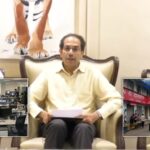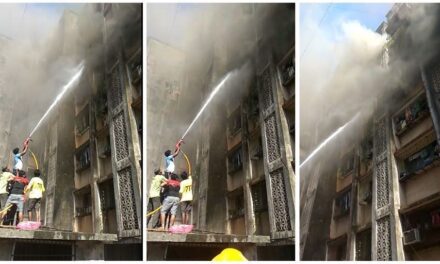2/3 of PMC bank’s total loans were to HDIL, it’s chairman was on HDIL board
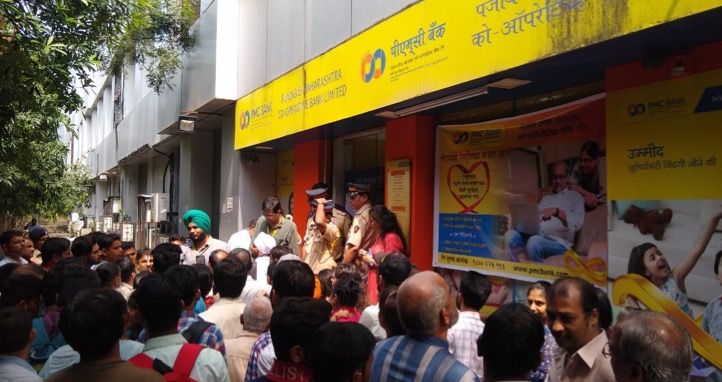

In 2018, RBI had recommended the removal of PMC bank chairman Waryam Singh after noting that he was on HDIL’s board and involved in sanctioning loans to the developer without proper due diligence (Representational Image, Courtesy: MyMahanagar)
Punjab & Maharashtra Cooperative Bank’s (PMC) actual exposure to the bankrupt HDIL is over Rs 6,500 crore, four times the regulatory cap or 73 percent of its total loans of Rs 8,880 crore, its now suspended managing director Joy Thomas has admitted.
The slum redevelopment focused Housing Development and Infrastructure or HDIL is in the bankruptcy court now after being hit by a severe cash crunch following the failure of some of its key projects in the city.
PMC lied about exposure to HDIL
According to sources, the non-disclosure of the actual HDIL status (NPA since the past 2-3 years) and the quantum of the exposure to the group was leaked by one of the PMC board members himself to the Reserve Bank.
The disclosure forced the bank’s suspended MD to confess the misreporting in a four-and-a-half page detailed letter to the regulator.
In the letter, Thomas detailed how he, along with six key people – including a few board members, chairman Waryam Singh, and senior bank officials – were sanctioning loans to the HDIL Group without the knowledge of most board members.
Thomas further admitted that the exposure to HDIL Group was over Rs 6,500 crore, which is nearly 73 percent of its total loan book of Rs 8,880 crore as of September 19, 2019. The latest tranche of the loan, amounting to Rs 96.5 crore, was disbursed on August 31.
As per regulations, single entity exposure limit for banks is 15 percent of their capital fund. For group companies, the exposure limit is 20 percent. Thus, PMC’s exposure to HDIL is almost four-times of what RBI mandates.
Incidentally, in a press conference last week, Thomas had said the bank’s exposure to HDIL and its related entities was to the tune of Rs 2,500 crore and that there was a delay in repayments by the group since the last two-three years.
In the confession letter, Thomas also put the actual NPA number at 60-70 percent as against a reported net NPA of 2.19 percent as of March 31, 2019. If the numbers turn out to be true after RBI’s inspection, they will be the highest in the banking industry so far.
RBI wanted PMC chairman to be sacked in 2018
Last year, the RBI had recommended removal of PMC bank chairman Waryam Singh after it found his involvement in sanctioning loans to realty developer HDIL and related-entities without proper due diligence and much above the regulatory limits.
It sent the recommendation to Registrar of Cooperative Societies of Maharashtra, which has administrative control over the co-op banks in the state. However, Singh continued to remain the chairman until recently.
“During the FY2018 annual inspection, the RBI had found that chairman Waryam Singh, who was on the board of HDIL, had been favouring the realtor by sanctioning loans without proper due diligence and much above the regulatory caps,” a source said.
Singh was on the board of HDIL for nine years between 2006 and 2015 and had held a 1.91 percent stake in the company during this period. Since PMC sanctioned loans to the realty developer since 2008, which makes his involvement a possible conflict of interest.
He ceased to be a non-executive director of the company in March 2015 and sold his entire stake before exiting the HDIL board. The bank also violated rules when it failed to classify loans to HDIL as related-party transactions.
In the 2017-18 inspection, the RBI had also reportedly asked the bank to classify the entire HDIL accounts as NPAs. At that time, the bank had said the loans to the group was only Rs 258 crore and the exposure was fully provided for with collaterals.
RBI inspection prompted restrictions
On September 19, Thomas met RBI Executive Director Rabi Mishra and sought time to resolve the issue, citing HDIL was in advanced stages of selling some of its real estate assets.
The money from the asset sale could have helped HDIL repay at least the ‘interest’ part and make its account with PMC standard.
However, RBI sent an inspection team to the bank’s headquarters in suburban Mumbai on the evening of September 19 itself during which it found major financial irregularities, under-reporting of exposure and failure of internal controls and systems.
On September 23 evening, the RBI had put a slew of restrictions on the bank for six months. The restrictions included curbs on fresh lending, accepting fresh deposits and investments, among others.
The withdrawal limit for account holders was also kept at Rs 1,000 for six months, which was later raised to Rs 10,000.
The regulator also dismissed the board, suspended Thomas and appointed J B Bhoria as the administrator at the bank.


